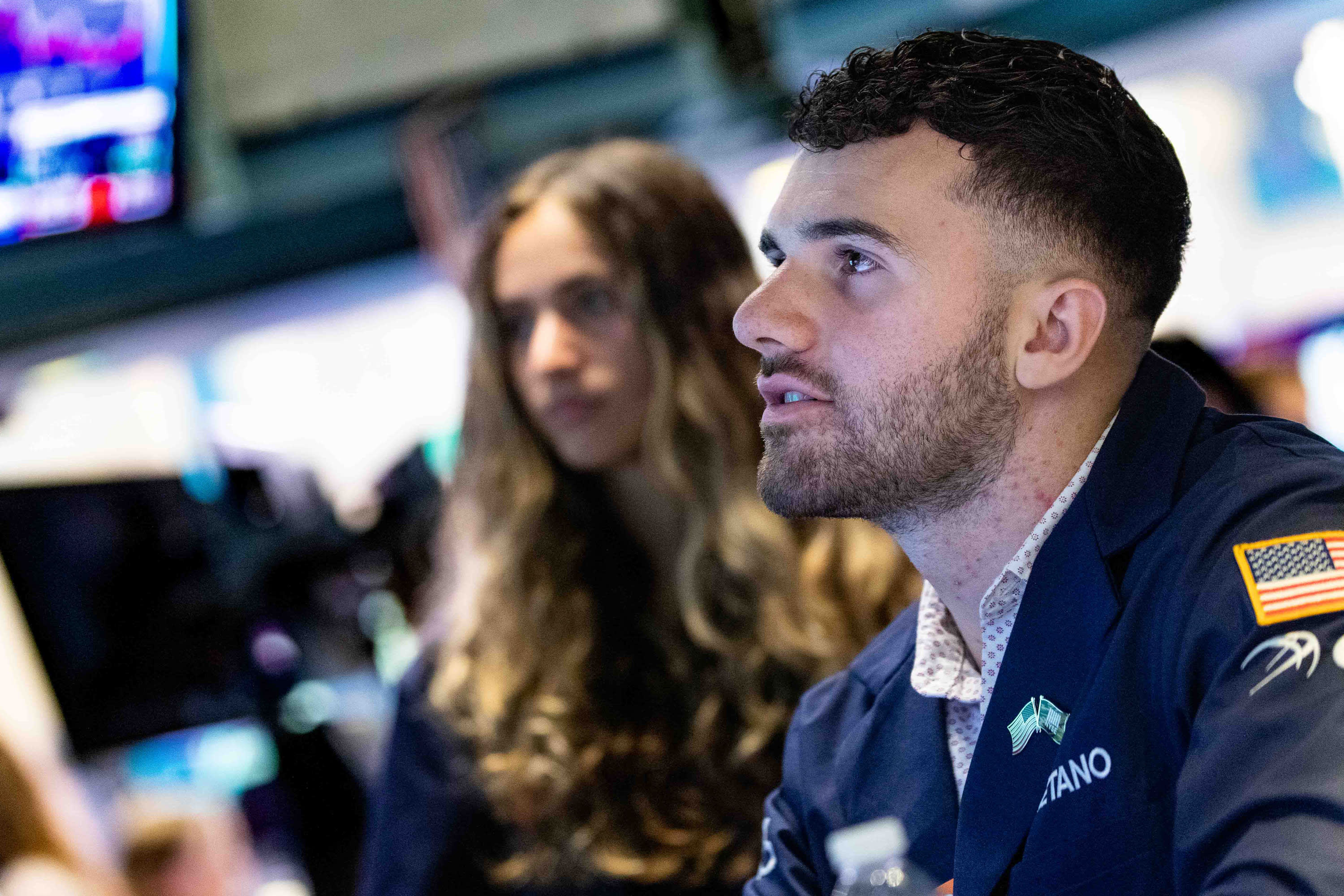US Markets
Thursday, January 25th, 2024 4:55 pm EDT
Key Points
- Robust Economic Growth: The U.S. economy exceeded expectations in the final quarter of 2023, with the Commerce Department reporting a 3.3% annualized growth in gross domestic product (GDP). This outpaced the Wall Street consensus estimate of a 2% gain for the period, showcasing a stronger-than-anticipated economic performance. The third quarter had already experienced a growth rate of 4.9%.
- Inflation Easing and Consumer Spending: There were positive signs regarding inflation, with core prices for personal consumption expenditures (PCE) rising 2% for the period, and the headline rate at 1.7%. On an annual basis, the PCE price index rose 2.7%, down from 5.9% a year ago. The report highlighted a “supersonic Goldilocks” scenario where strong economic numbers coexisted with controlled inflation. Consumer spending played a crucial role, contributing to a 2.8% increase in personal consumption expenditures for the quarter.
- Year-Long Economic Acceleration: The U.S. economy accelerated throughout 2023, achieving a 2.5% annualized pace for the entire year. This surpassed initial Wall Street outlooks, which had anticipated few or no gains, and exceeded the 1.9% increase observed in 2022. Factors contributing to this sustained growth included strong consumer spending, state and local government spending (up 3.7%), a 2.5% increase in federal government expenditures, and a 2.1% rise in gross private domestic investment. The chain-weighted price index increased by 1.5% for the quarter, down from the previous period and below Wall Street estimates, indicating a favorable economic environment.
The U.S. economy outpaced expectations in the final quarter of 2023, with the Commerce Department reporting a 3.3% annualized growth in gross domestic product (GDP). This exceeded the Wall Street consensus estimate of a 2% gain for the period, and it followed a 4.9% pace of growth in the third quarter. Notably, inflation showed signs of easing, with core prices for personal consumption expenditures (PCE) rising 2% for the period, and the headline rate at 1.7%. On an annual basis, the PCE price index increased 2.7%, down from 5.9% a year ago. This economic performance was dubbed a “supersonic Goldilocks” scenario by economists, reflecting strong growth without a significant increase in inflation. The U.S. economy for the entire year of 2023 accelerated at a 2.5% annualized pace, surpassing initial expectations and outperforming the 1.9% increase in 2022.
Consumer spending and government expenditures played key roles in driving the expansion. Personal consumption expenditures increased by 2.8% for the quarter, supported by strong consumer spending throughout the year. State and local government spending rose by 3.7%, and federal government expenditures increased by 2.5%. Gross private domestic investment also contributed, rising by 2.1%. The chain-weighted price index, accounting for prices and changes in consumer behavior, increased 1.5% for the quarter, lower than the previous period and below Wall Street estimates.
The unexpectedly robust economic performance in 2023 defied earlier predictions of a recession. A strong labor market, resilient consumers, and ongoing monetary policy adjustments contributed to the positive outcomes. Despite concerns about the lagged effects of previous interest rate hikes and the nature of the economic boom, there is a shift in expectations as markets anticipate the Federal Reserve’s potential rate cuts. However, challenges remain, including the impact of past monetary policy decisions, consumer spending sustainability, and political and geopolitical uncertainties. The report led to only a modest market reaction, with stock futures gaining slightly, and Treasury yields moving lower, reflecting the backward-looking nature of GDP reports.
For the full original article on CNBC, please click here: https://www.cnbc.com/2024/01/25/gdp-q4-2023-the-us-economy-grew-at-a-3point3percent-pace-in-the-fourth-quarter.html




